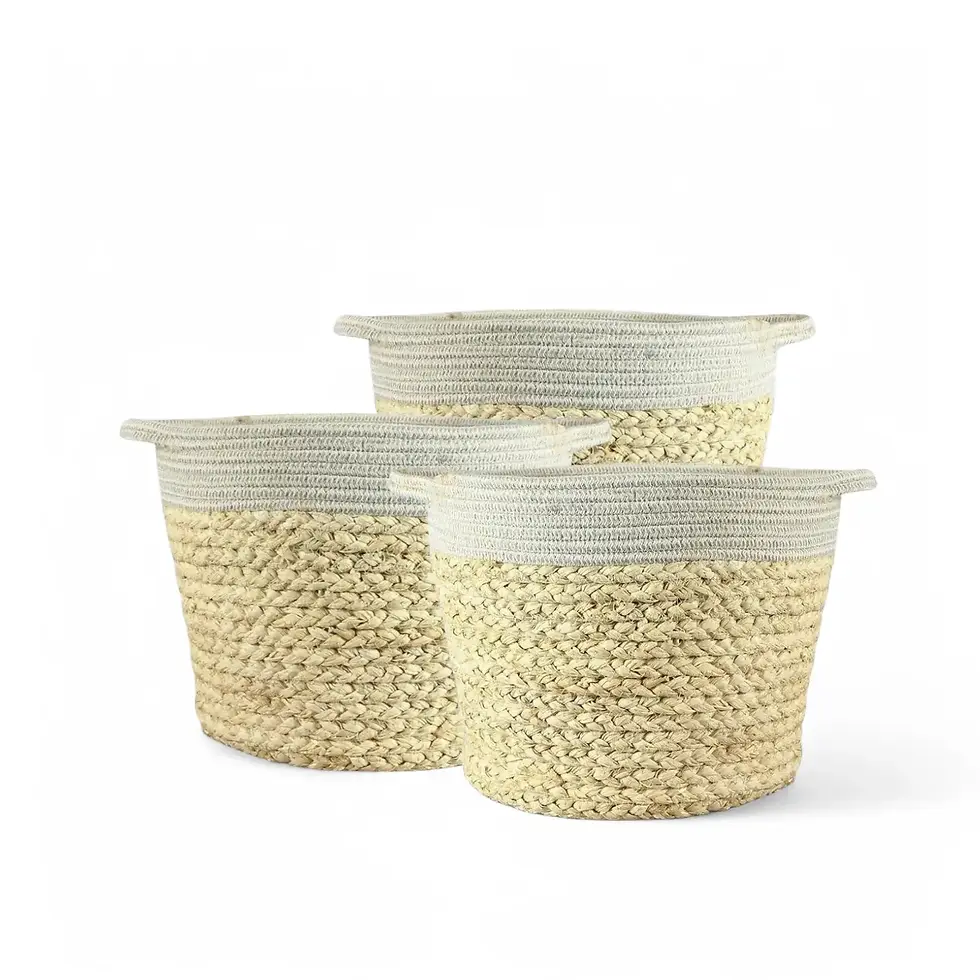Peperomia caperata 'Caracas' – The Elegant Ripple Peperomia
Peperomia caperata 'Caracas' is a stunning and compact houseplant known for its deeply textured, heart-shaped leaves with a rich green and burgundy tone. Native to Brazil, this easy-care plant thrives in indoor conditions and is perfect for small spaces, terrariums, or as part of a plant collection. Its rippled foliage and decorative flower spikes make it a favorite among plant lovers.
Key Features of Peperomia caperata 'Caracas'
- Unique Textured Leaves: Exhibits deeply ridged, heart-shaped leaves that range from dark green to deep burgundy.
- Compact Growth Habit: Stays small, typically reaching 15-20 cm (6-8 inches) in height and width, making it ideal for tabletops and small spaces.
- Decorative Flower Spikes: Produces slender, rat-tail-like flower spikes that rise above the foliage.
- Low Maintenance: Requires minimal watering and thrives in a variety of indoor conditions.
Essential Information About Peperomia caperata 'Caracas'
- Native Habitat: Found in the tropical forests of Brazil, thriving in shaded, humid conditions.
- Growth Habit: A compact, mounding plant that forms a lush, dense appearance.
- Growth Rate: Slow to moderate, making it a long-lasting indoor plant.
- Toxicity: Non-toxic to pets and humans, making it safe for households with animals.
How to Care for Peperomia caperata 'Caracas'
- Lighting Needs: Prefers medium to bright indirect light but can adapt to lower light conditions. Avoid direct sunlight to prevent leaf scorch.
- Watering Schedule: Allow the top 2-3 cm of soil to dry before rewatering. Overwatering can lead to root rot.
- Humidity Preferences: Thrives in moderate to high humidity, though it adapts well to average indoor conditions.
- Temperature Range: Best kept between 18-26°C. Protect from cold drafts.
- Soil Composition: Requires a well-draining mix, such as a combination of peat moss, perlite, and orchid bark.
- Repotting and Pot Selection: Prefers being slightly root-bound. Repot only when necessary, typically every 2-3 years.
- Fertilization: Apply a balanced liquid fertilizer every 4-6 weeks during the growing season.
- Propagation: Easily propagated via leaf or stem cuttings. Root in water, sphagnum moss, or a light soil mix.
- Pruning and Maintenance: Prune leggy growth to maintain a compact shape and remove any damaged leaves.
Common Problems and Solutions
- Yellowing Leaves: Overwatering is the most common issue—ensure soil dries out between waterings.
- Pest Prevention: Occasionally attracts mealybugs and spider mites. Inspect regularly and treat with neem oil if needed.
- Wilting or Drooping: Usually caused by inconsistent watering. Ensure a steady moisture level.
Additional Growing Insights
Understanding the natural habitat of Peperomia caperata 'Caracas' helps ensure successful cultivation. As a tropical understory plant, it thrives in shaded, humid environments. Mimicking these conditions—by providing indirect light, maintaining warmth, and ensuring adequate humidity—will promote healthy, vibrant foliage.
Botanical Background
The genus Peperomia belongs to the Piperaceae family and includes over 1,000 species. Peperomia caperata 'Caracas' is a unique cultivar within this group, known for its striking ripple-textured leaves and compact growth.
Frequently Asked Questions
- Does Peperomia caperata 'Caracas' require high humidity? While it thrives in high humidity, it adapts well to average indoor conditions.
- How often should I water my Peperomia caperata 'Caracas'? Water when the top 2-3 cm of soil dries out, typically once a week, depending on your home environment.
- Can I grow this plant in a terrarium? Yes! Its compact size and humidity tolerance make it an excellent choice for terrariums.
Order Peperomia caperata 'Caracas' Today!
Looking for a compact, easy-care houseplant with unique foliage? Peperomia caperata 'Caracas' is the perfect addition to any plant collection. Order now and enjoy its elegant, ripple-textured leaves!
Peperomia caperata 'Caracas'
Peperomia caperata 'Caracas' comes in following sizes:
Baby Plant – is approximately 12 cm tall and comes in a ⌀ 6 cm pot.
M –Baby Plant – is approximately 20 cm tall and comes in a ⌀ 11 cm pot.

























































